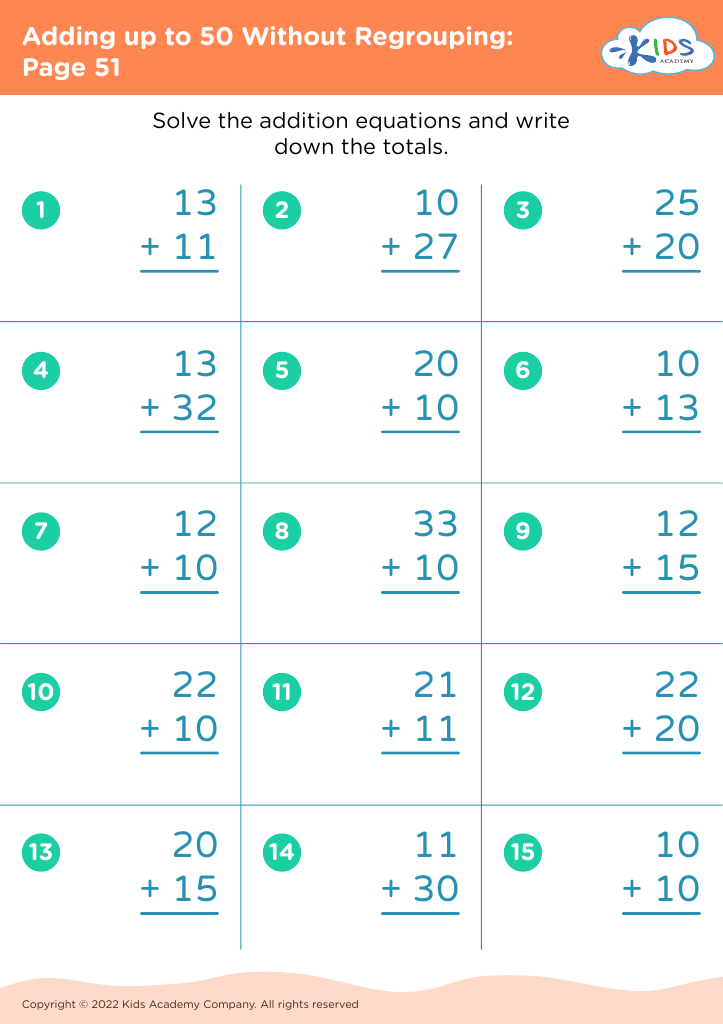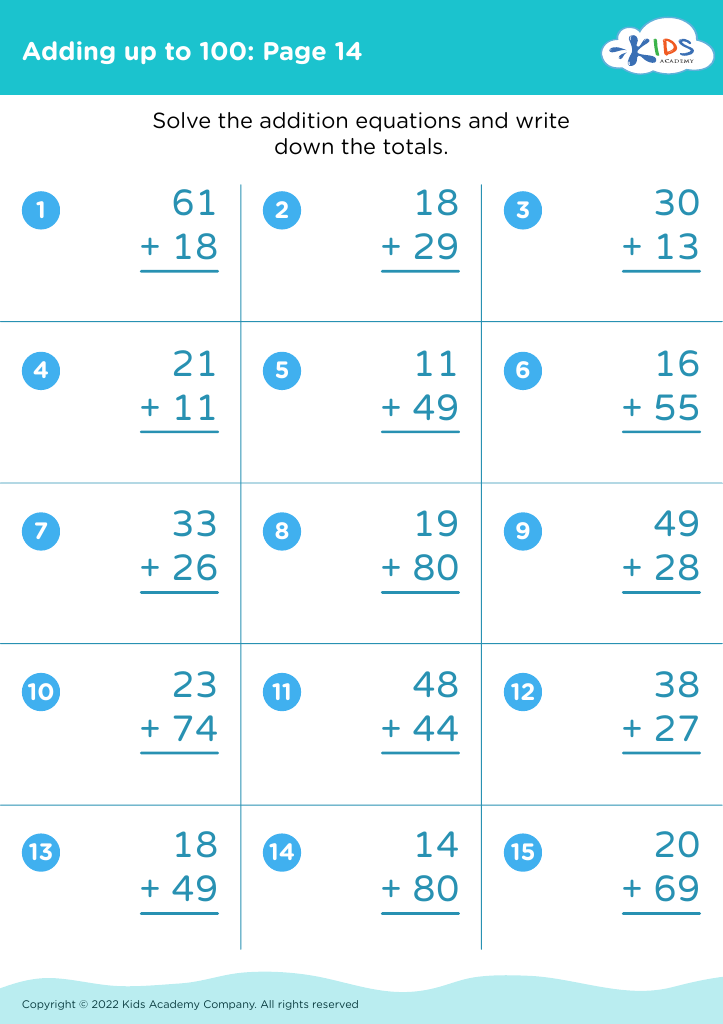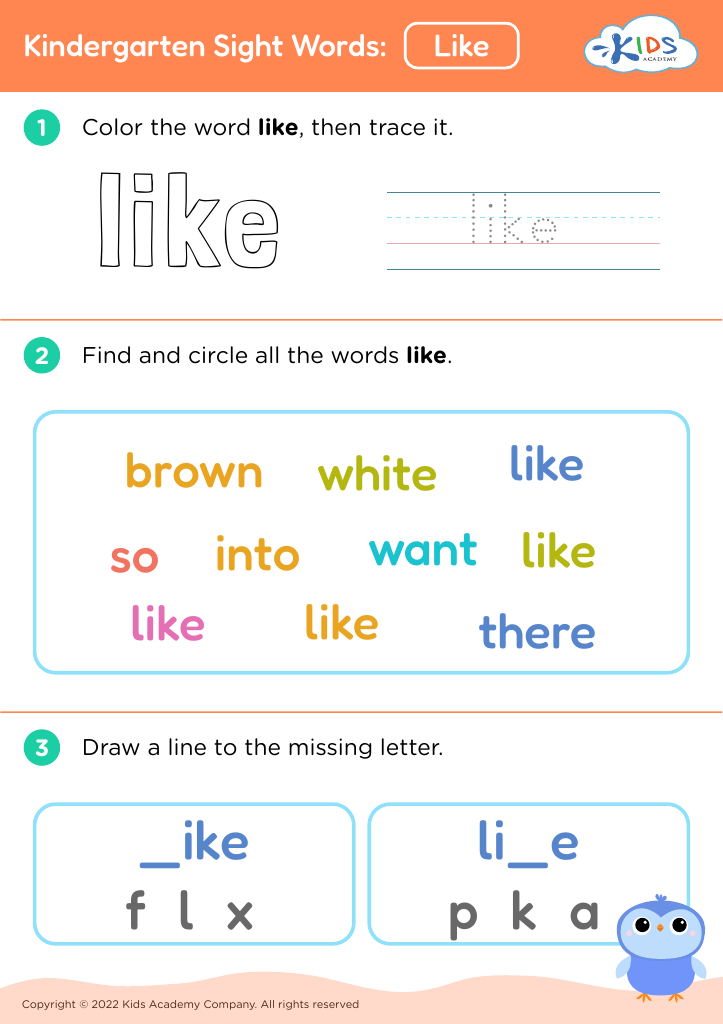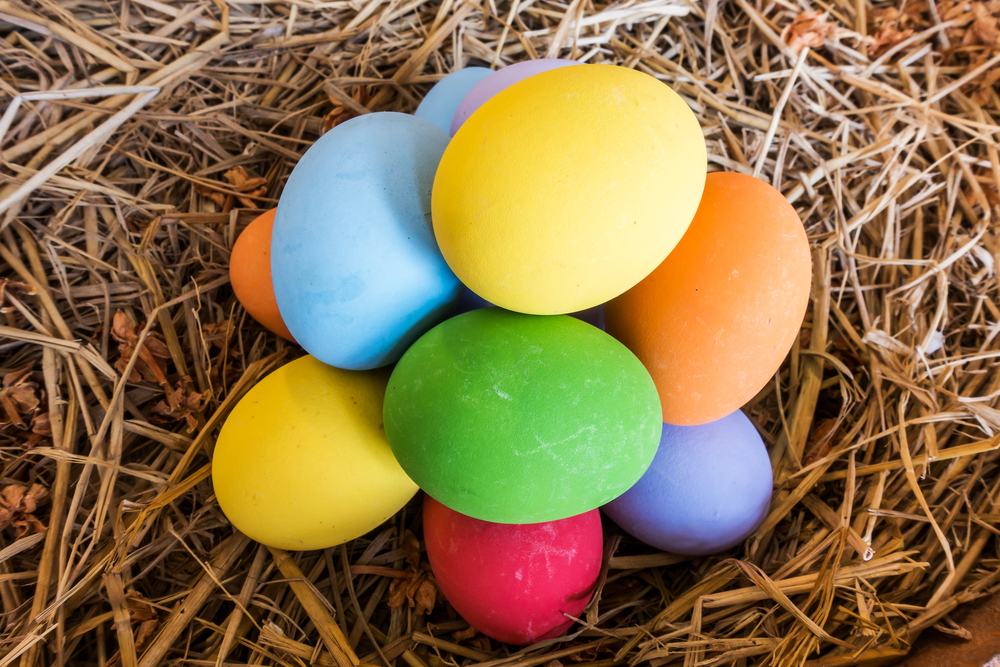Counting shapes Worksheets for Kids
3 filtered results
-
From - To
Question/Answer
How to test a Kindergarten student’s Counting shapes skills?
To test a Kindergarten student's counting shapes skills, provide them with a set of pictures or objects containing different shapes (e.g., circles, squares, triangles). Ask the student to identify each shape and then count the number of each specific shape aloud. Observe their ability to recognize shapes and accurately count the quantity of each shape present.
What are some effective activities to train students’ Counting shapes skill when teaching them about Sight Words?
To train students' counting shapes skill while teaching Sight Words, incorporate activities like Sight Word Shape Hunts (finding and counting shapes that form sight words), Shape and Word Matching Games (matching sight words with a specific number of shapes), and Sight Word Shape Construction (using shapes to spell sight words, then counting the shapes used).
How does the mastery of the Counting shapes skill affect a student's performance at an early age?
Mastery of the Counting shapes skill at an early age significantly enhances a student's mathematical foundation. It improves their understanding of numbers, spatial awareness, and relationships between objects, which are critical for problem-solving and logical thinking. This early achievement paves the way for more complex mathematical concepts, contributing to overall academic success and confidence in mathematics.














